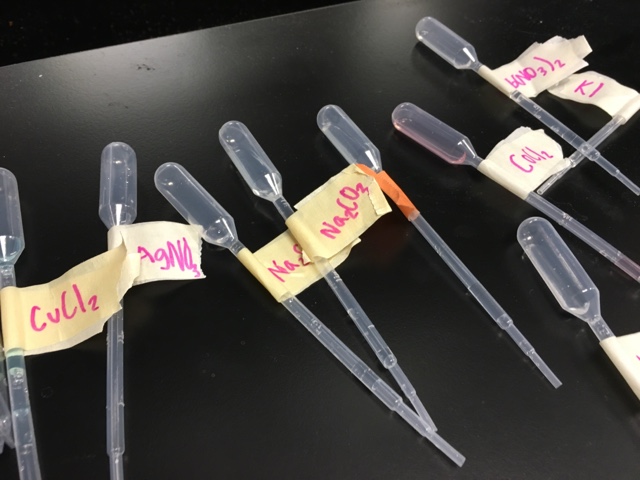1. Convert reactant to moles
2. Multiply by the molar ratio
3. Convert back into grams
Actual Yield- the actual amount of product yielded due to errors
1. This is the amount in grams of a particular product that you end up with
Percent Yield- the amount of actual product you end up with in comparison to the theoretical yield
1. Divide the actual yield by the theoretical yield
2. Multiply by 100
Example problems:













































